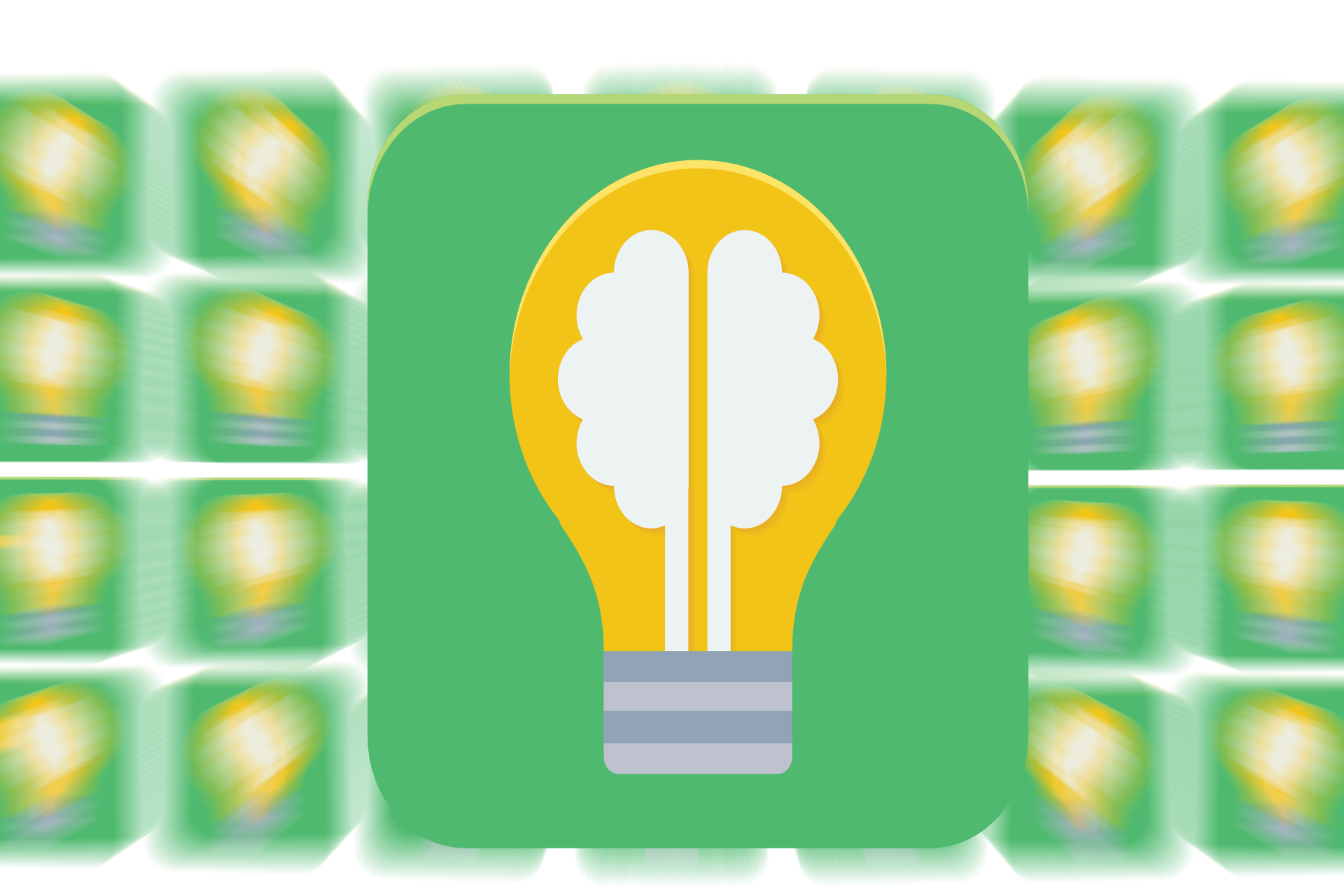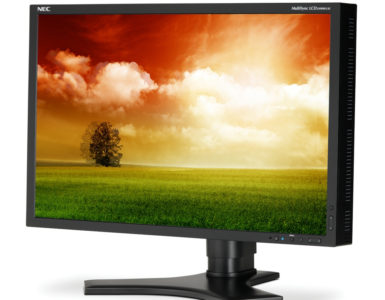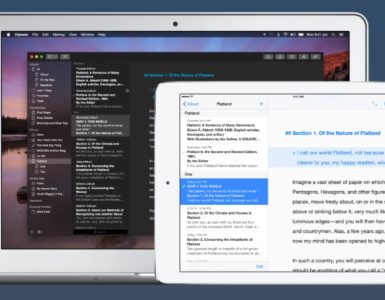Editor’s Note: Right up front: I do not work for the guy who created Scrivener. If you buy a copy, I don’t get a kickback. He didn’t ask me to write this review, and I didn’t ask for or receive free software for writing it. I’m a real writer. This is a real story. These days, with marketing teams masquerading as bloggers, your skepticism is justified … but I assure you … my response to this product is driven by nothing but passion and delight.
![]() Scrivener is a new kind of software for writers. Like Nisus Writer, it provides a clean, uncluttered space for composing text. Like OmniOutliner, it allows you to create indented lists that expand and contract with a click of a mouse. Like Yojimbo, it allows you to store and refer to web pages, scraps of text, lists, notes, and photos.
Scrivener is a new kind of software for writers. Like Nisus Writer, it provides a clean, uncluttered space for composing text. Like OmniOutliner, it allows you to create indented lists that expand and contract with a click of a mouse. Like Yojimbo, it allows you to store and refer to web pages, scraps of text, lists, notes, and photos.
That said, Scrivener is much, much more than a fusion of a word processor, outliner, and personal database. Designed by a writer for use by writers, Scrivener actually makes planning, writing, and revising text faster and easier than ever.
I should know — I just finished writing a short novel with it.
Curious about what makes Scrivener unique? Want to know more about what Scrivener can do for you? Here’s my personal account of how Scrivener helped me focus on my project … and get more writing done in less time.
Before
When I downloaded the trial version of Scrivener, my current novel was a mess.
– I’d saved no fewer than five different versions of various chapters in five different Nisus Writer files. Even after copying and pasting all five files into one, I couldn’t picture in my head how the pieces were going to come together.
– I’d left myself little notes throughout the text: “Come back and fix this later … Make this dialogue tighter … Cut back on the flowery language here.” I was paranoid, though, that in revision, I’d miss those notes. Worse, if an inspiration came for Chapter Four while I was working on Chapter Three, I’d have to quit work on Chapter Three, find the right place in Chapter Four, and leave myself a note there. The result? Lots of delays and distractions.
– My text was in several Nisus Writer files. My storyform was in Dramatica Pro. My outline was in OmniOutliner. The illustrations I needed to see were in a separate .PDF file. My character profiles and place names were in Yojimbo.
In other words, I was stuck. No matter how hard I tried, I couldn’t get a feel for how everything was going to come together. Worse, I couldn’t easily distinguish what was finished from what still needed work.
Getting Started
So, that’s where I was when I downloaded Scrivener. When I launched the program, here’s what I saw:
Scrivener’s blank document screen
provides writers with a clean,
uncluttered space for planning, writing,
and revising. (Click to enlarge.)
“Okay,” I said. “There’s an outliner on the left … a writing space in the middle … and space for notes on the right.” From the get-go, I thought that was a pretty cool arrangement, because now I could see my outline while writing without having to open another document. But as I started importing existing scenes and chapters from my novel, I quickly realized this deceptively simple writing space was offering me much, much more than an outliner and a notepad.
First, I noticed that every little bit of text I brought in became its own little document, represented by an entry in the outline. I could give these scraps titles. I could summarize them in the summary field. I could define tags for scraps — indicating, for example, which characters appeared there and in what settings. I could write myself notes in the notes field and associate them with a specific scrap … without sticking my notes in the text itself.
Next, I realized that moving an outline entry up or down would move the corresponding scrap of text backward or forward in my text. Hmmm. You know that conversation in Chapter Eight? The one I thought would be much better in Chapter Six? Now it was child’s play to select and reposition the scene.
Working with the outliner — because I tend to think in terms of little scenes that make up bigger chapters — I broke my text down into “scene snippets” organized in “chapter folders.” I was able to do that because Scrivener lets me break up my text into as many little pieces as I like … and name and organize those snippets in a way that works for me. (If you prefer to write beat by beat, for example, you could actually break your own book down into beats that make scenes that make chapters. It’s up to you. Go crazy.)
Behold The Corkboard
Because I’m a visual writer, and because I struggle with second-act structure, I absolutely have to make a “map” of my longer books. I’ve tried doing this in mind-mapping software (like Freemind), structuring software (like StoryView), and “virtual index card software” (like Writer’s Blocks).
Because I’m a visual and tactile learner (Want me to know it? Let me see it. Let me touch it.), none of this software has ever done for me what a simple stack of index cards or sticky notes can do. With index cards and sticky notes, I can see and feel the structure of my story. When I step back from a “storymap” I’ve created on the wall, I get an immediate sense of what’s right and what’s wrong.
Imagine my joy, then, when I stumbled on Scrivener’s corkboard feature:
Each card on the corkboard represents
a snippet of text, complete with its
own title and synopsis, making it easy to
grasp story structure at a glance.
(Click to enlarge.)
I quickly discovered that Scrivener’s virtual cards can be dragged, dropped, labeled, organized, or stacked as I see fit. When I moved a card, the associated scrap of text (a scene — or, if I moved a whole stack of cards, a chapter) moved with it … and the corresponding outline entry updated itself automagically, too.
My Whoah! Moment
And that’s when the big epiphany … or paradigm shift … or BIG REALIZATION occurred: unlike a word processor, which encourages me to think in terms of long documents, Scrivener enables me to think of my long document as several flexible, mobile, and easily identified little pieces of text.
Sit with that a minute, kids. Let it soak in. Now:
– instead of thinking, “Time to work on The Novel,” I could think, “Okay, time to get that scene where the heroine loses her map home written.” Writing a novel? Hard. Writing a scene? Who couldn’t write a scene?
– instead of thinking, “If I don’t polish this scene now, I’ll never find it later on,” I could think, “This scene is crap — but I’ve got to keep going, so I’ll flag it as crap … and later let Scrivener show me all the scenes I’ve tagged as crap!”
– instead of struggling with cutting and pasting huge chunks of text within a super-long document, I could rearrange story segments with ease.
– instead of seeing my work as a linear document, I can see it as a series of discrete, stand-alone segments that I can write in any order, then assemble, shuffle, and stick together at will. (I knew all that in theory … but a word processor, with its long documents and constant scrolling, makes that very hard to do.)
And that’s not all. As it happens, I’m a writer who loves the surprise of “writing on the fly” and who feels that outlining everything out to the Nth degree kills the joy of writing for discovery. But, oddly, I’m also someone who depends on an outline to keep me on track and provide me with an idea of what kinds of things should be happening and when. So now:
– I can use the corkboard to build a structure (cards containing the kind of thing that needs to happen at various points in the story) and then go back and fill in each story segment in any order I choose, or
– I can write willy-nilly and, as I pop the cards onto the board (or add elements to the outline), I can watch for a structure to evolve, or
– I can do both of these at the same time, switching mental gears as appropriate.
Creative writing nirvana!
Other Features
As I rejoiced over this discovery, Scrivener also was supporting me in all kinds of other, more subtle ways.
The current project was constrained by a very tight word count. Because I knew the maximum length of the project, I knew about how many scenes of a given length I had to write. As I wrote, Scrivener’s real-time statistics told me the length of the snippet I was working on … and the length of the project as a whole.
Because I’m infinitely distractible, I long ago fell in love with Nisus Writer’s full-screen mode. What do you know? Scrivener supplies one, too — and it’s more elegant and easier to customize, to boot. Very naturally, full-screen mode became my “creative space,” while the standard view became my “editing space.” This provided me with an unexpected benefit: soon, whenever I entered full-screen mode, my inner editor simply shut up. Once I went back to the standard view, he was in paradise — free to tweak, revise, and reorganize to his dark little heart’s content.
As someone who often makes radical changes in a text just to see what will happen, I began depending pretty heavily on Scrivener “snapshots.” Before killing off that minor character or seeing how Chapter Six would look as a flashback in Chapter Eleven, I would take a snapshot of the project — a digital photograph or “backup” of the entire project. I could then make changes with impunity … because, if I created a monster, I could revert back to the earlier version with a click of the mouse.
Finally, I was also delighted by Scrivener’s space for storing research. It took me about ten minutes to pull over all my character name lists, character profiles, chapter ideas, inspirational images, and web page references; once they were in the project file, I could refer to them — or even look at them while writing — with a click or two of the mouse.
Finally Finished!
With Scrivener, I finished my short novel in record time … and revision? Revision was a breeze.
For the first time in my life, I could easily ignore the sections of the book that worked … and focus solely on sections I’d marked as “crap.” I could find these faster and more reliably than ever … and fix them with confidence, knowing that the results would be smoothly folded back into my master document.
Scrivener’s powerful search feature let me change a city name throughout the book with just a few keystrokes. It also helped me find the exact snippets I wanted to work with … without having to scroll back and forth through a long document.
And when I was done, Scrivener gave me intelligent, easy-to-understand options for exporting my text to a clean RTF (or “rich text” file. Choosing the exact snippets I wanted … and what I wanted to appear between them, if anything … and exporting them to RTF was drop-dead simple. Because my publisher demands Word files, I pulled the resulting RTF file into Word, painted on some chapter styles, and emailed the files in record time.
Don’t Take My Word For It
Scrivener is only available for the Mac — a fact that, if you’re a writer, justifies making the switch from the PC.
By contrast, WritePro is a tired, template-driven pre-MS-DOS piece of crap; it sells for $199.00. At $269.00, Dramatica Pro has its merits … but if you’ve got something that needs to be written now, its labyrinth of specialized vocabulary, arcane theory, and outdated software interface will be of little help to you. Want canned prompts from John Truby while you write? Shell out $279.00 for Blockbuster.
Or … if you want to get your writing done as efficiently, painlessly, and sanely as possible … you can download the Scrivener demo for free. If you love it as much as I do, it’ll cost ya $34.95 to keep it forever.
Now, if you’ll excuse me … I got some writing to do.







Mark,I love your reviews. But, I am curious that there is no system for bloggers to identify themselves as valid reviewers? I suppose I typically take advice from blogs I follow…knowing that the person is creating content I value and have had the chance to challenge. Perhaps you can put your disclaimer on the sidebar so it always shows up next to every entry? I have to imagine most of your readers trust your reviews. And other random folks can read the disclaimer.Todd
Hi, Todd. Thanks for the compliments! 🙂
Currently, there are no systems for identifying bloggers with honest opinions from those who are either:
a) marketing personnel posing as unbiased reviewers, or
b) bloggers who are taking cash under the table for placing positive reviews on their blogs. (There’s an entire website, by the way, devoted to offering willing bloggers cash for their souls.)
While you’re right that regular readers will trust me, this blog gets visited by hundreds of people a day, many of whom, having been brought here by Google, don’t know me.
Every time I post a review, then, I get at least three comments or emails from people who accuse me of being a marketing shill. I’ve already gotten notes about the Scrivener review saying, “Would you have reviewed it so well if the creator hadn’t given you a free copy?” (Even though this post *begins* with my telling readers that I *paid* for my own copy!)
In a perfect world, folks would read a standard disclaimer in the sidebar … but, as someone who holds open house for the world at large every day, I can tell you that it’s not a perfect world, and that all too many people barely bother to read an entry carefully before replying to it … much less scan the sidebars! 🙂
Thanks for the note!
Mark
Hi Mark
Great, thorough review!
I wondered if you had ever had a look at our software, WriteItNow?
We offer a free demo download of the programme and it runs on PCs and Macs.
I’d be interested to hear your thoughts on it, as we have improved the software over the years by listening to feedback and ideas from writers.
Kind Regards
Julia
WriteitNow. A good application. For an intuitive approach to writing Scrivener is best.
Anything similar on a PC? Thanks,